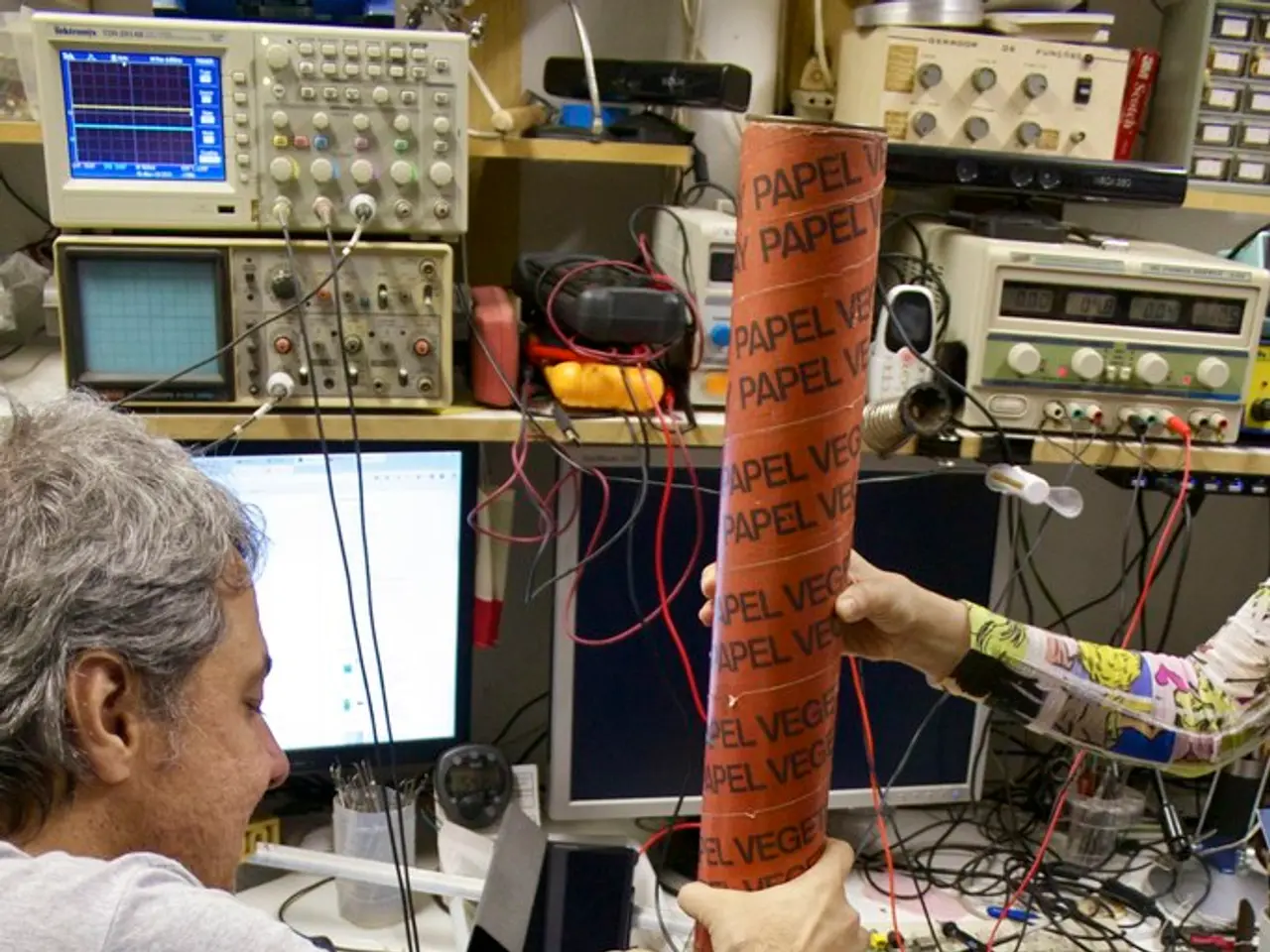Is the Fourth Industrial Revolution Significant in its Impact on Printed Circuit Boards?
Transforming Manufacturing with Industry 4.0
Industry 4.0, the fourth industrial revolution, is revolutionising production processes by integrating cyber-physical systems, automation, data exchange, and advanced manufacturing technologies to create smart, connected factories.
At the heart of Industry 4.0 are cyber-physical systems, which integrate physical machinery with digital systems, enabling autonomous, decentralised decision-making. The Internet of Things (IoT) and Industrial IoT (IIoT) play a crucial role, with networks of interconnected sensors and devices collecting and exchanging data in real-time to monitor and optimise manufacturing processes.
Smart factories and smart manufacturing are another key aspect, as machinery and processes become digitally connected, allowing for real-time monitoring, predictive maintenance, and adaptive production adjustments. Artificial Intelligence (AI) and cognitive computing are also employed to analyse data, predict maintenance needs, optimise workflows, and drive innovation.
Big data analytics is a fundamental part of Industry 4.0, with vast amounts of production and operational data being analysed to improve efficiency, quality, and decision-making. Cloud computing and edge computing facilitate data storage, processing, and real-time communication between machines and systems.
Advanced automation and robotics are also integral to the revolution, with robots and automated systems capable of flexible, precise, and efficient manufacturing tasks. Augmented Reality (AR) and Virtual Reality (VR) enhance human-machine interaction through immersive visualisations for training, maintenance, and design.
Connectivity via 5G and advanced networks enable high-speed, low-latency communication, enabling rapid system responses and integration.
Industry 4.0 promises to deliver more agile, efficient, and customisable manufacturing, with benefits such as reduced downtime, enhanced supply chain management, and cost optimisation. It builds on previous industrial revolutions by combining digital, physical, and biological systems for more autonomous and interconnected production environments.
In the context of PCB production, Industry 4.0 is expected to play a significant role in the development of smart homes, smart cars, and smart cities, as PCB designers face challenges in cramming advanced functionality into shrinking package sizes. Big data can help PCB manufacturers extract valuable data for more informed decisions. PCB design in IoT requires designing the entire product, not just the circuit board.
Customers will enjoy a new level of personally customised products with Industry 4.0. However, challenges need to be tackled systematically to ensure a smooth transition, such as data security, standardisation, and the need for collaboration between PCB designers and mechanical engineers in real-time at every stage of the design journey.
Industry 4.0 is poised to push global manufacturers to a new level of optimisation and productivity, creating a promising overall picture for the future of manufacturing.
References: [1] https://www.forbes.com/sites/bernardmarr/2019/08/26/what-is-industry-40-and-how-will-it-change-the-world/?sh=5139238e1e18 [2] https://www.mckinsey.com/business-functions/mckinsey-digital/our-insights/industry-40-the-next-generation-of-manufacturing [3] https://www.industryweek.com/digital/digital-manufacturing/article/21948831/what-is-industry-40-and-why-should-you-care [4] https://www.deloitte.com/insights/us/en/focus/manufacturing-industry-40/what-is-industry-40.html [5] https://www.ibm.com/think/library/industry-40/
- The integration of advanced manufacturing technologies, such as artificial intelligence and cyber-physical systems, within the finance sector could lead to significant improvements in the efficiency and productivity of the manufacturing industry.
- As the manufacturing industry transition towards Industry 4.0, it is crucial for technology to be embraced not only in production processes but also in areas like PCB design for IoT, where the combination of digital and physical systems can drive innovation and customisation.




